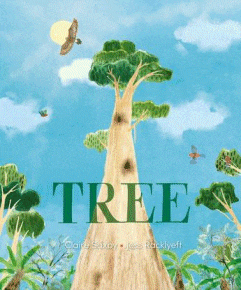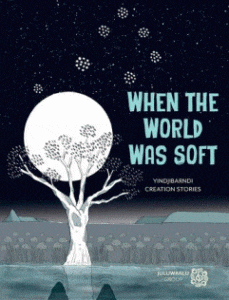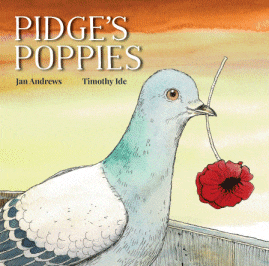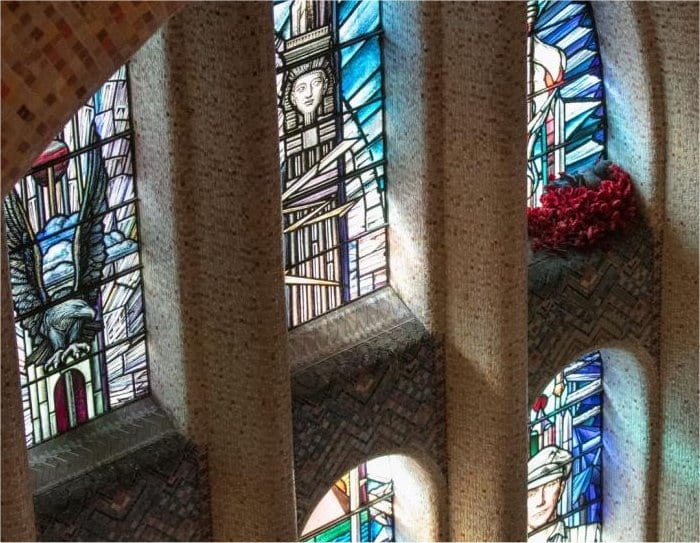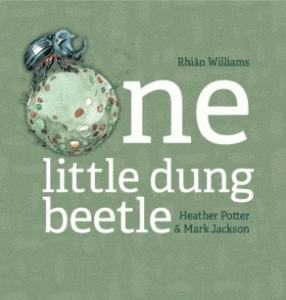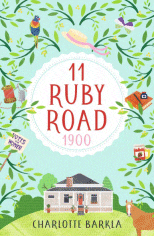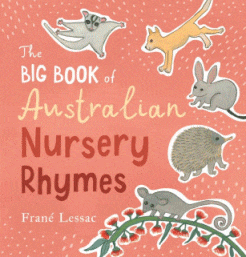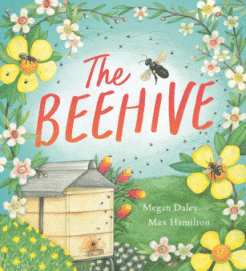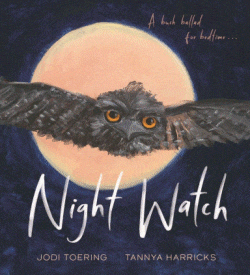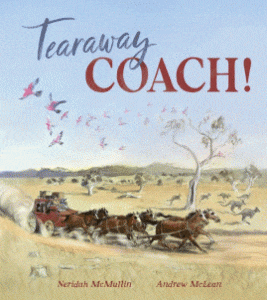
Tearaway Coach
Tearaway Coach
Neridah McMullin
Andrew McLean
Walker Books, 2024
32oo., hbk., RRP $A26.99
9781760653170
1855 and travel around the goldfields of Victoria was a very different proposition to the same trip being made today. In those days, coaches drawn by teams of horses in the hands of experienced drivers were the way to go but they faced all sorts of dangers including rough tracks, flooded rivers, unpredictable weather and even being held up by bushrangers.
So while young Fen Wood is excited to see his mum who is in Geelong awaiting the birth of her new baby, he has some trepidations about the journey itself. His father has paid extra for him to ride alongside the coach driver, none other than Cabbage Tree Ned, but in a time of no seatbelts and deep potholes, Fen is not so sure that this is a trip he is going to enjoy, despite the possibility of a baby brother at the end of it. Sensing his discomfort, Ned hands Fen the reins to distract him and Fen appears worthy of the responsibility until two bushrangers appear with guns drawn in front of them…
As the author of Shearer, Drover, and Eat My Dust, among others, Neridah McMullin is fast becoming a respected name in writing narrative non fiction based on some of Australia’s most interesting and even infamous characters. This is no exception. With Andrew McLean’s expressive illustrations, this story takes the reader straight back into that amazing time in our history that formed such an important part of the Australian story, and as much as Fen’s journey is engaging and exciting, it also opens up another aspect of life in the times to explore. Who isn’t fascinated by tales of bushrangers, coaches being held up, runaway horses and that goes with them?
For many of our students, the study of history produces a glazed look of who-cares, but in the hands of storytellers like McMullin who bring it alive through story, doors are opened up and suddenly times past becomes as exciting and interesting as times present. How would they respond if they were either Fen or Cabbage Tree Ned?

